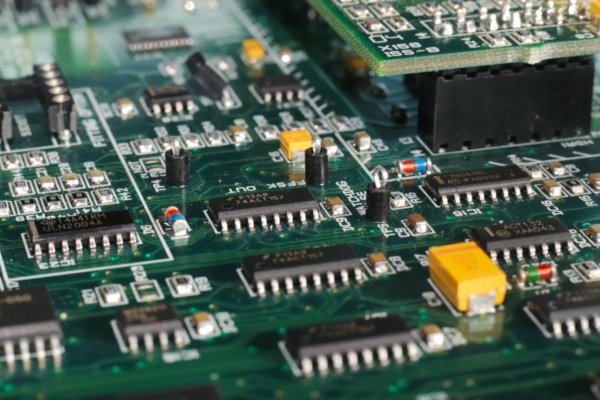What is Flux
Flux is a chemical compound used in the soldering process to prepare metal surfaces for bonding. Its primary function is removing oxides from the metal surfaces before soldering, ensuring a clean, oxide-free surface for effective solder adhesion. Oxides can form on metal due to exposure to air or contaminants, and they can hinder the soldering process by preventing proper bonding between the solder and the metal.
Flux is available in various forms, including paste, liquid, or as a core within solder wire. It contains active ingredients such as rosin or organic acids that react with the oxides on the metal surface. When heated, the flux becomes activated and works to remove the oxides, promoting a clean metal surface for soldering.
In addition to oxide removal, flux also promotes wetting. Wetting refers to the ability of the molten solder to spread and adhere to the metal surfaces. Flux reduces the surface tension of the solder, enabling it to flow smoothly and evenly over the metal, facilitating the formation of strong and reliable solder joints.
Furthermore, flux helps prevent the re-formation of oxides during the soldering process. As the metal surfaces are heated, they are exposed to the surrounding atmosphere, which can lead to rapid oxidation. Flux creates a protective barrier on the metal surfaces, shielding them from the atmosphere and inhibiting the rapid formation of new oxides. This ensures that the metal remains clean and allows for the creation of reliable solder joints.





